While many eyes watching Tuesday’s auction at Sotheby’s will be waiting to see what Modigliani’s stunning Nude Sitting on a Divan fetches — the presale estimate “on request” is said to be $40 million, or more — Real Clear Arts readers may want to focus on what two other works bring: Modigliani’s Jeanne Hebuterne (est: $9- to $12 million), below right, and Monet’s Le Bassin aux Nymphaes (est: $20- to $30 million), below left.
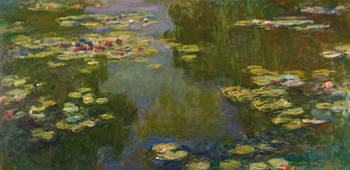 That’s because of the seller, the National Foundation for Advancement in the Arts, which I confess I’d not heard of until I went to the Sotheby’s exhibition yesterday.
That’s because of the seller, the National Foundation for Advancement in the Arts, which I confess I’d not heard of until I went to the Sotheby’s exhibition yesterday.
With a little research when I got home, I discovered that the NFAA supports YoungArts; both were founded in 1981 by the late Ted Arison, founder of Carnival Cruise Lines, and his wife, Lin.
The mission: “to identify emerging artists and assist them at critical junctures in their educational and professional development, and to raise the appreciation for, and support of, the arts in American Society.” YoungArts gives away more than $500,000 a year to 17 and 18 year-olds, introducing them to mentors and giving them tools that will lead them to studies in the arts at institutions like Harvard, Juilliard, Carnegie Mellon, according to the Sotheby’s press release.
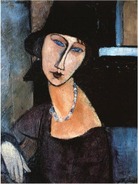 YoungArts makes awards in nine disciplines, including writing, dance, cinema, jazz, and visual arts. Among its alumni are John Currin, Jennifer Koh, Doug Aiken and Allegra Goodman.
YoungArts makes awards in nine disciplines, including writing, dance, cinema, jazz, and visual arts. Among its alumni are John Currin, Jennifer Koh, Doug Aiken and Allegra Goodman.
In 2007, my colleague Kathryn Shattuck at The New York Times wrote an article about a YoungArts master class, led by playwright Edward Albee, for its young writers. She cited Julian Schnabel, Martin Scorcese, Desmond Richardson and Wynton Marsalis as among the others participating in that year’s leadoff mentoring session in New York.
According to its 2009 Form 990, some 6,000 to 8,000 students register for YoungArts programs each year, and about 500 receive cash awards. YoungArts is also the exclusive nominating body for Presidential Scholars in the Arts, said to be the highest arts award for high school students, honoring academic and artistic achievement.
These programs beg to be better known. Maybe some sky-high prices on Tuesday night will make that happen.

 The Chronicle of Philanthropy has just published an
The Chronicle of Philanthropy has just published an 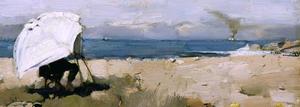
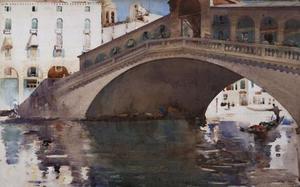
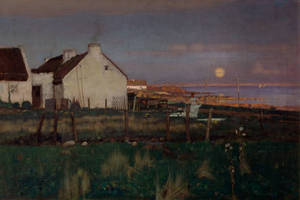
 This is an audience development initiative, as the Parrish — about to expand — is trying to promote awareness of its collection and exhibitions to Manhattanites. Good idea to start now, long before the new place opens in spring 2012.
This is an audience development initiative, as the Parrish — about to expand — is trying to promote awareness of its collection and exhibitions to Manhattanites. Good idea to start now, long before the new place opens in spring 2012. 